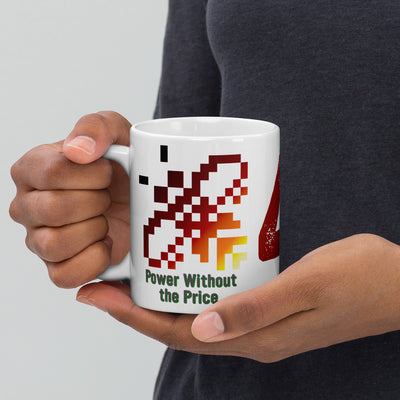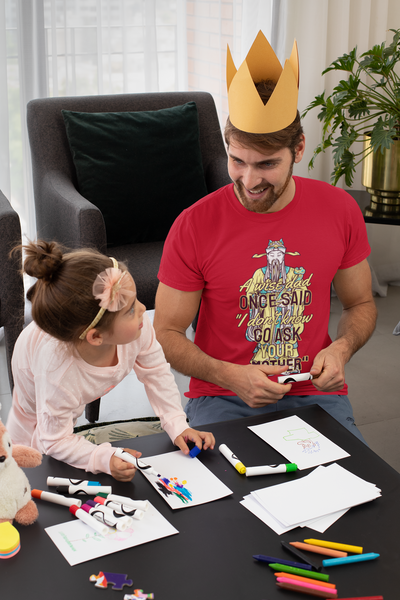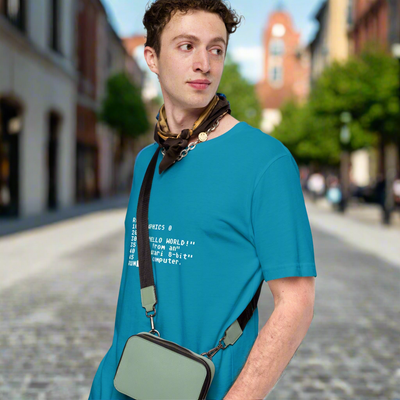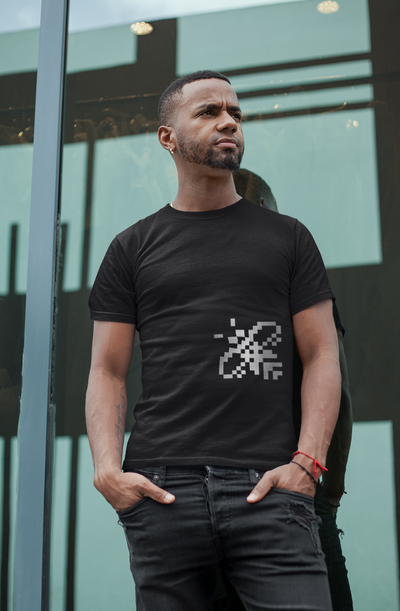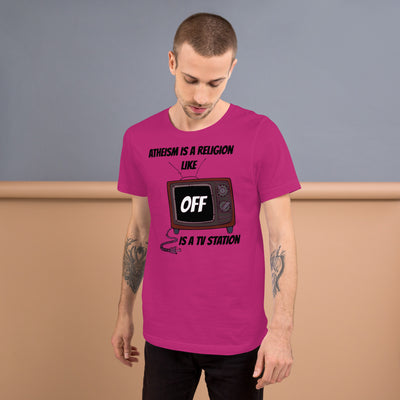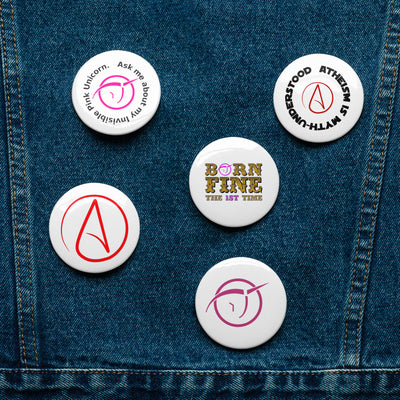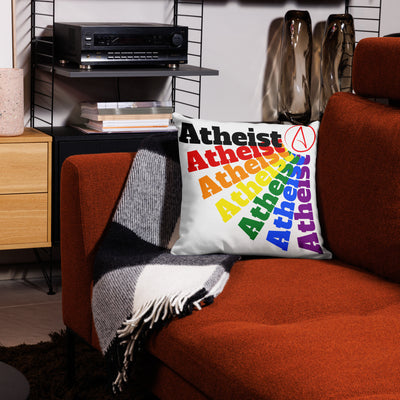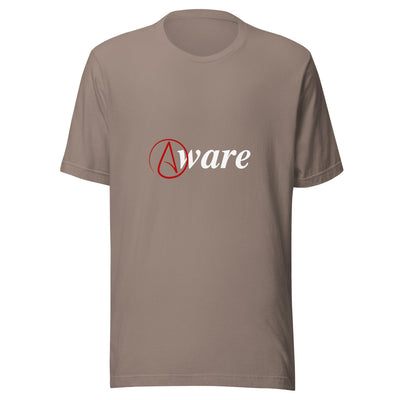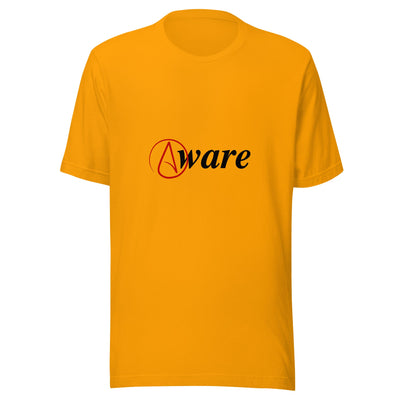Screen printing is more than just a method of transferring ink onto fabric; it’s a vibrant art form that allows for endless creativity. In this blog, we will explore the fundamental aspects of screen printing, from its origins to modern techniques. Whether you’re a seasoned professional or a curious beginner, this guide will provide insight into the fascinating world of screen printing.
A Brief History of Screen Printing
Screen printing, also known as silk screening, has a rich history that dates back to ancient times. The earliest forms can be traced to the Song Dynasty in China, where artisans used silk screens to create intricate patterns. This technique gradually made its way to Japan and later to the rest of the world, transforming into the modern methods we use today.
As screen printing spread, it became increasingly important in advertising and branding. By the 20th century, screen printing was firmly established in the garment industry, allowing for the mass production of vibrant designs. Its versatility has made it a preferred method for artists wishing to experiment with styles and mediums.
Overall, screen printing’s journey reveals a fascinating interplay between art and commerce, highlighting its significance not only as a craft but also as a means of communication across generations.
Understanding the Screen Printing Process
To truly appreciate screen printing, it’s essential to understand the intricate steps involved in the process. First comes the design phase, where creativity meets technology. You’ll begin by creating a digital design or sketch, which will serve as your artwork template. This illustrates how your final product will look and sets the stage for the subsequent steps.
Next, you’ll need to create a stencil. This typically involves coating a silk screen with a light-sensitive emulsion. When exposed to UV light, the areas of the emulsion that are not covered by your design harden, creating a stencil that will allow ink to pass through. This step is crucial and often makes the difference between a beautifully clear design and a smudged one.
Once the stencil is prepared, it’s time to set up your screen. Position your screen above the surface you plan to print on, ensuring it’s aligned correctly. Slowly and evenly, you’ll apply ink to the stencil and use a squeegee to push the ink through the screen. This is where the magic happens, as your design begins to appear on the fabric below.
Finally, the last step involves curing the ink so that it sets properly. This can be done using heat, typically with a heat press or a conveyor dryer. Each step of the process contributes to the final artwork, underscoring why attention to detail is vital in screen printing.
Essential Tools and Materials for Screen Printing
To get started in screen printing, having the right tools and materials is crucial. First and foremost, you’ll need a screen. Choosing the correct mesh count is important, as it affects ink flow and the fine details of your design. A finer mesh count allows for more intricate patterns, while lower counts let you apply heavier inks.
Next, you’ll need high-quality inks that are suitable for your fabric type. Water-based inks are environmentally friendly and easy to clean up, while plastisol inks provide vibrant colors and durability. It’s worth testing different types to see which works best for your projects.
Additionally, don’t overlook the essential tools such as squeegees, spatulas for mixing inks, and drying racks. A good squeegee allows you to apply consistent pressure, which is crucial for achieving even prints. Having a well-organized workspace can go a long way in improving your efficiency and enjoyment of the process.
Finally, invest in a quality exposure unit for creating stencils. This tool is essential if you’re looking to produce multiple prints with precision. With these materials and tools at your disposal, you’re well on your way to embarking on your screen printing adventure.
Popular Techniques in Screen Printing
Once you’ve mastered the basics, exploring various screen printing techniques can truly elevate your art. One popular method is multi-color printing. This technique allows you to layer different colors to create stunning visuals. Each color requires a separate screen, which adds depth and complexity to your designs.
Another engaging technique is discharge printing. This method removes the dye from the fabric, rather than applying ink on top. The result is a softer feel and a more vintage appearance. However, it’s important to use this method on specific fabrics to achieve the desired effect.
Specialty inks, such as glow-in-the-dark or metallic inks, can add a unique flair to your projects as well. Utilizing these inks not only expands your creative horizons but also sets your work apart in a crowded marketplace.
Overall, exploring these techniques can unlock new possibilities in your screen printing journey, allowing you to express your artistic vision in exciting and distinctive ways.
Tips for First-Time Screen Printers
For first-time screen printers, the journey can be both exciting and daunting. One of the most crucial tips is to start small. Begin with simple designs and small print runs before moving on to elaborate projects. This approach will help you gain confidence in your skills without feeling overwhelmed.
Another piece of advice is to keep a clean workspace. Ink can be notoriously messy, so having organized materials and tools not only streamlines your process but also prevents accidental mistakes.
Don’t hesitate to experiment! Every mistake is a learning opportunity. If a print doesn’t turn out as planned, analyze what can be improved for next time. The more you practice, the better you’ll get at anticipating and solving issues.
Lastly, connect with the community of screen printers. Joining forums or local workshops can provide invaluable insights and encouragement from fellow artists. Sharing experiences and tips can make all the difference, turning challenges into shared triumphs.
Showcasing Your Screen Printed Creations
Once you’ve created your prints, the exciting next step is to showcase them! Promoting your screen printed items can be done in various ways, starting with online platforms. Setting up an online store through sites like Etsy or your website not only reaches a broader audience but also allows you to market your unique artistic style.
Social media is another powerful tool. Platforms like Instagram and Pinterest are visually driven, making them ideal for showcasing your artwork. Share behind-the-scenes footage of your printing process, and connect with enthusiasts who share your passion. Building a brand presence online is crucial in today’s digital age.
Additionally, consider local markets and art fairs as venues to sell your items. These events allow for personal interactions and feedback, plus they offer a unique opportunity to network with other artists and potential customers. Face-to-face connections can create lasting impressions and loyal patrons.
With these strategies in place, showcasing your screen printed creations can become an enjoyable extension of your artistic journey, further enhancing your experience within the screen printing community.
Wrapping Up: Embrace Your Creative Journey
Screen printing is a unique blend of art and technique that empowers individuals to express their creativity. By understanding the basics, experimenting with techniques, and learning from experienced artists, anyone can harness the power of this craft. So grab your supplies and unleash your artistic potential!




















